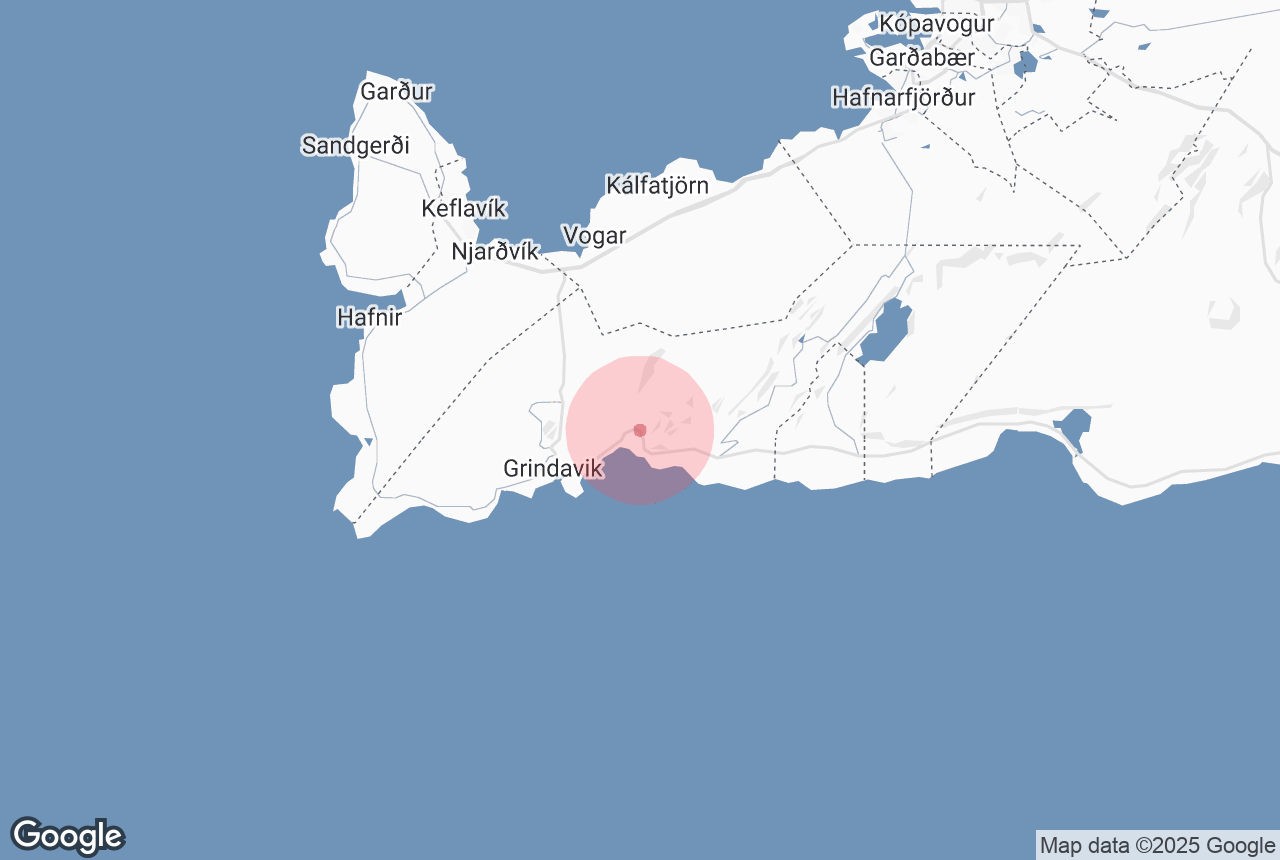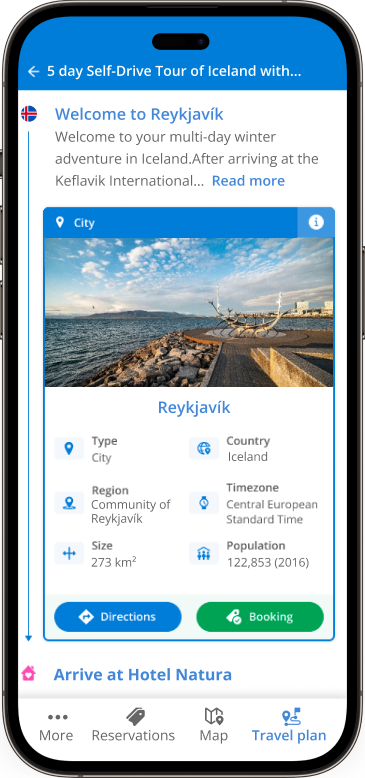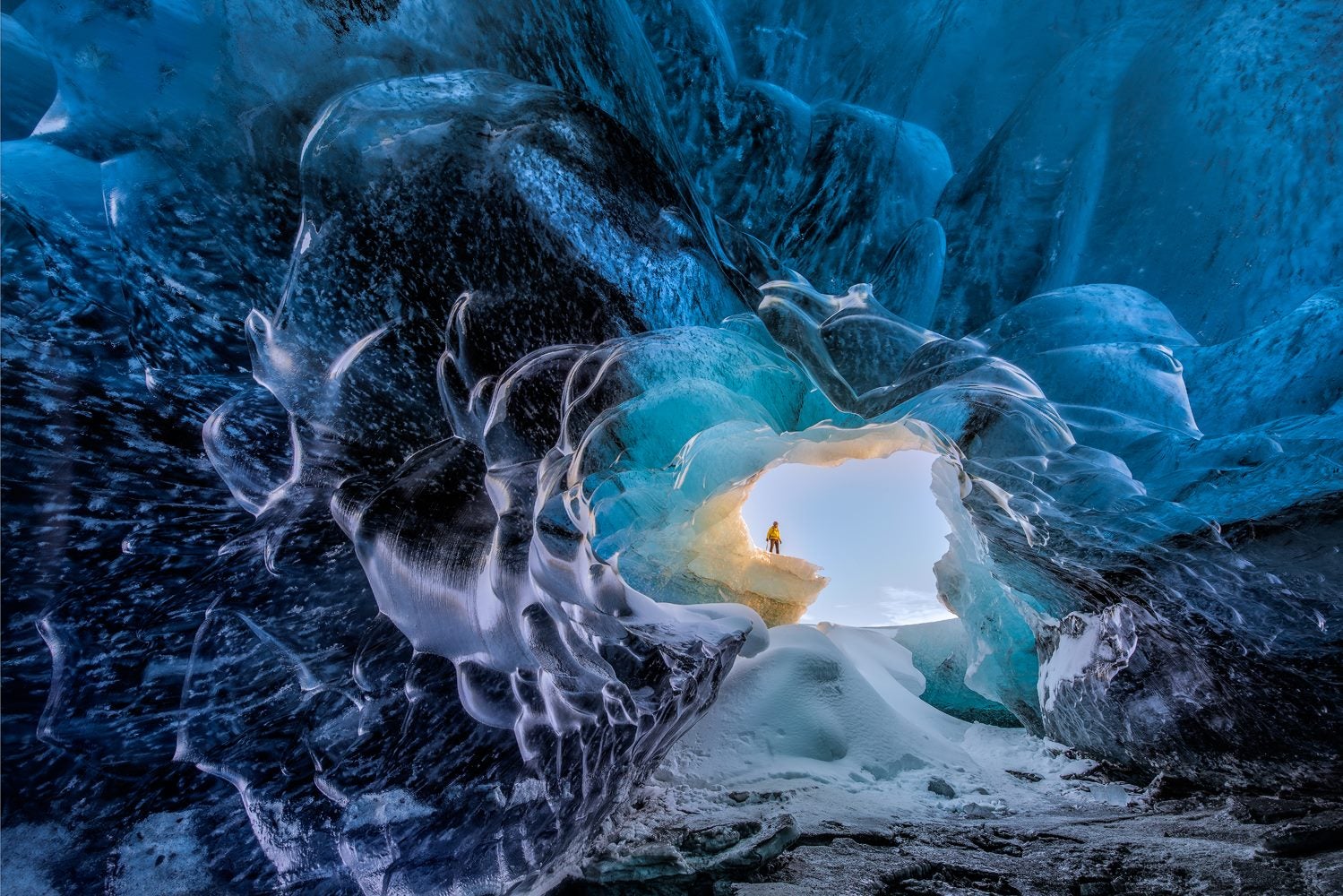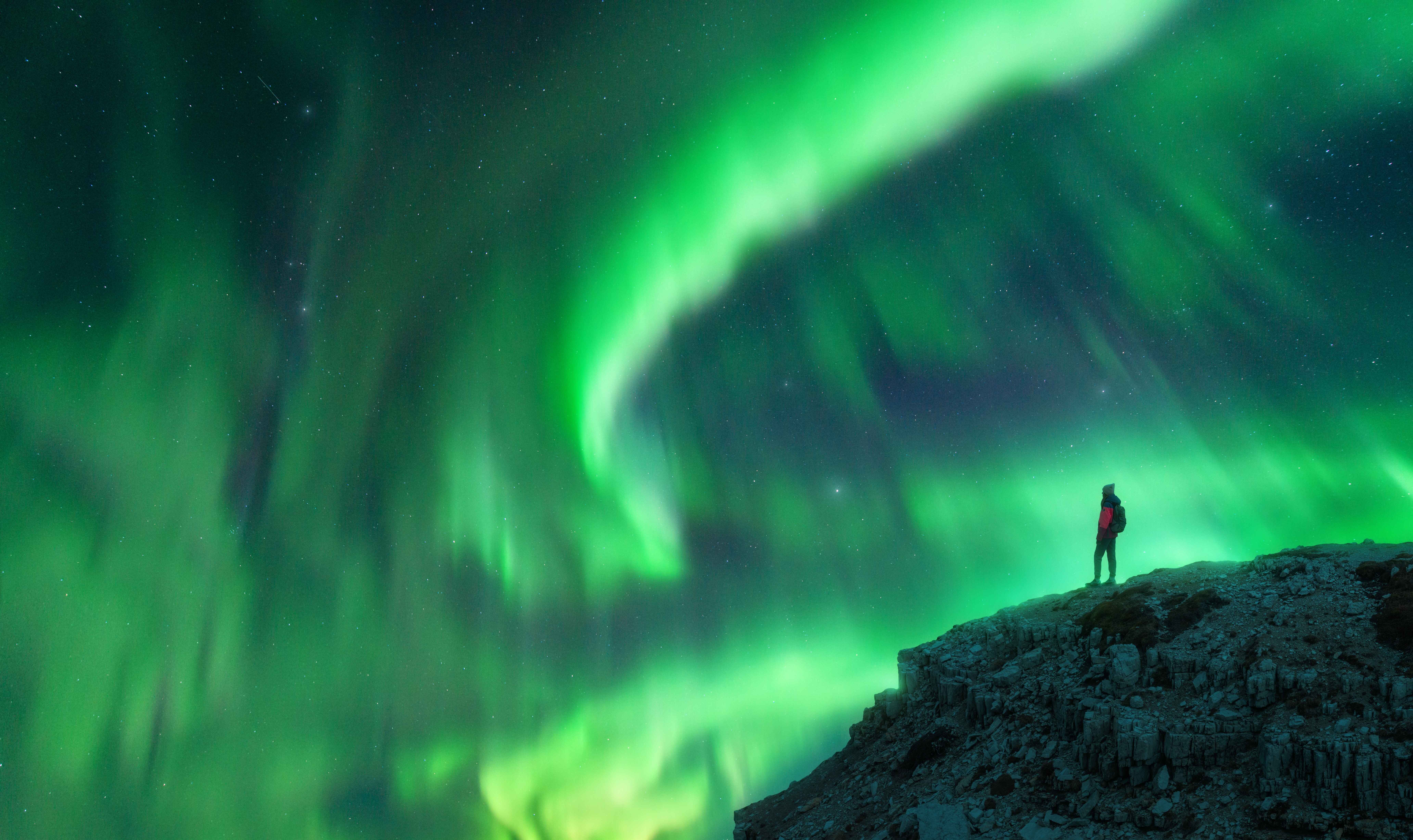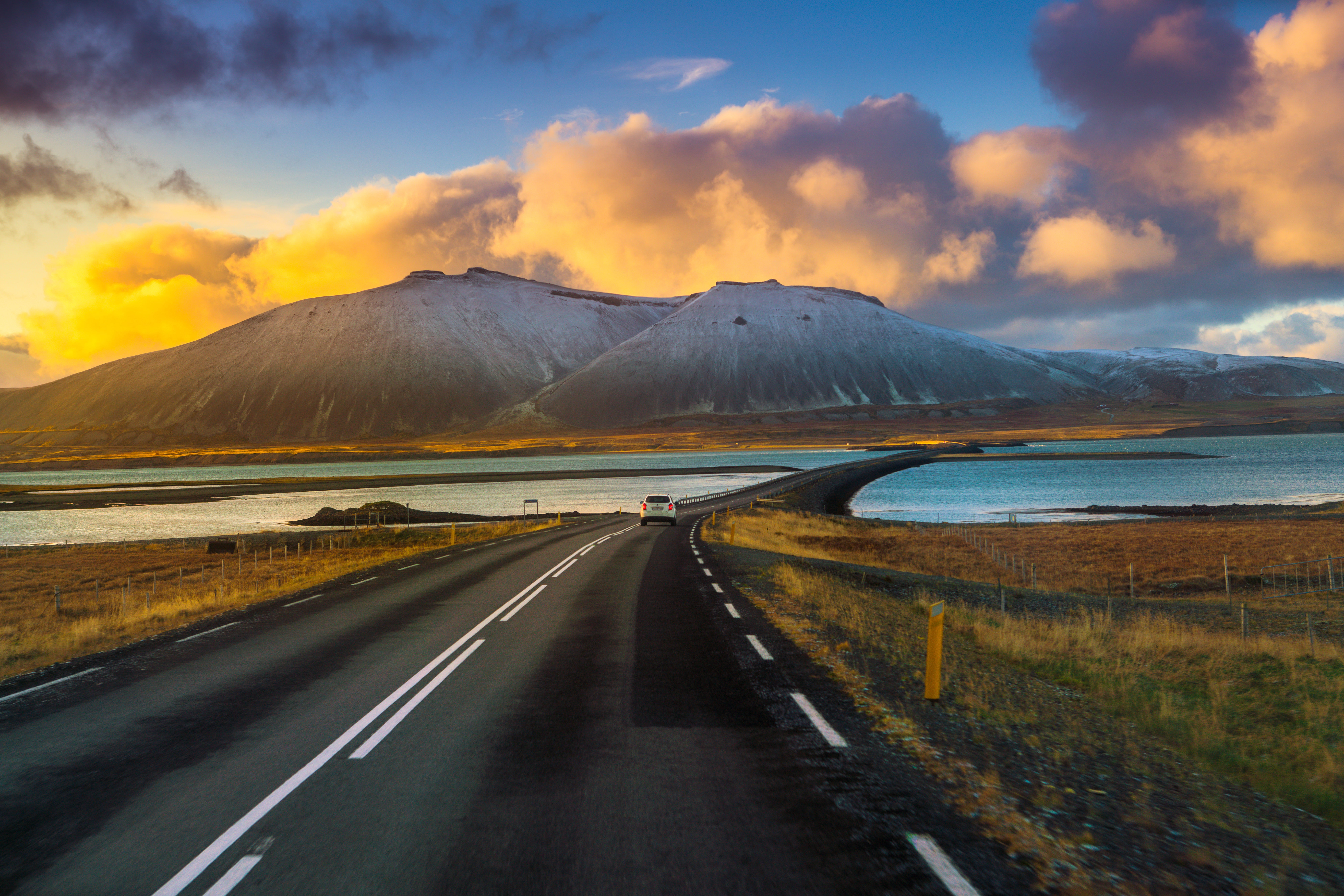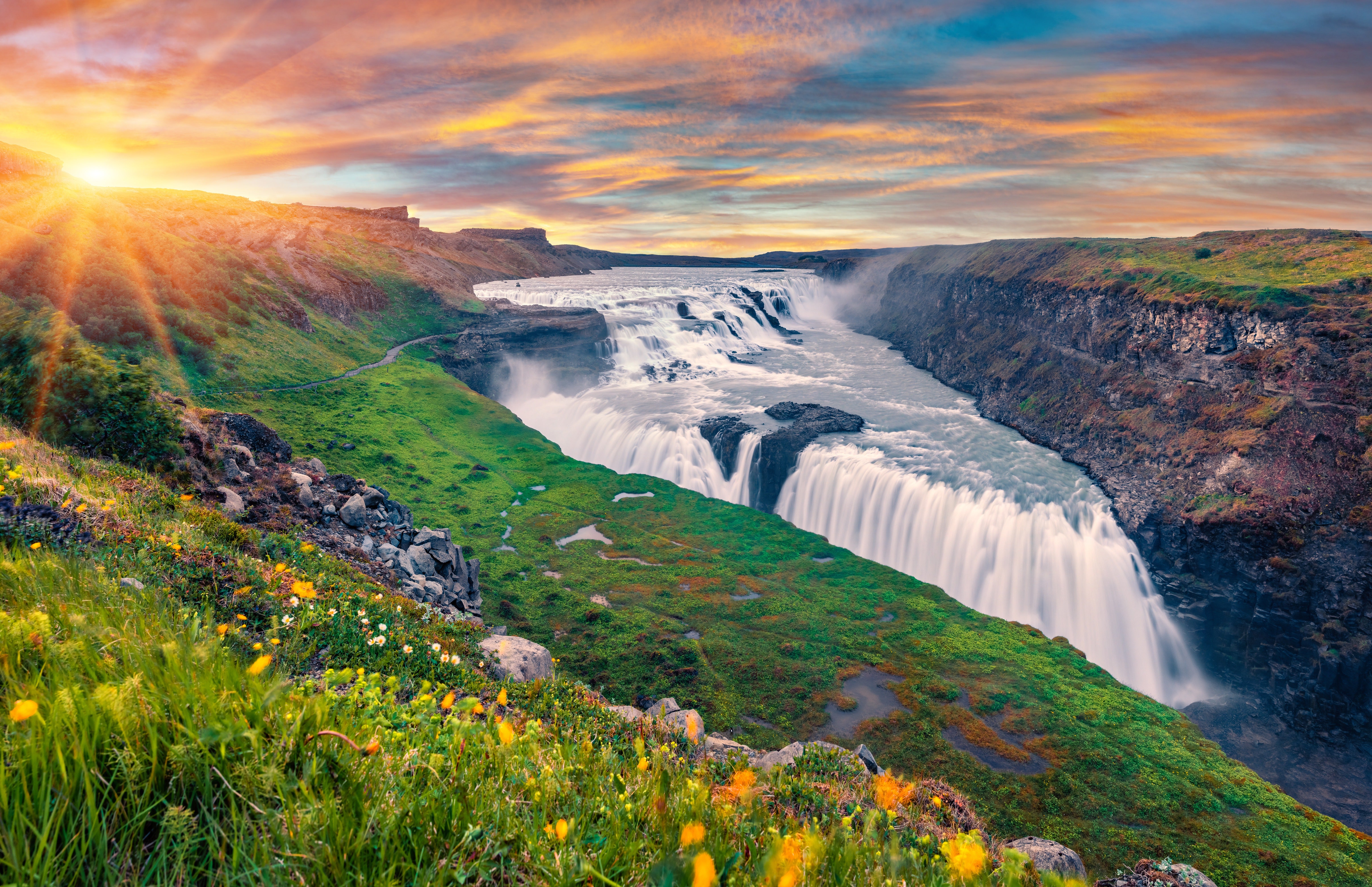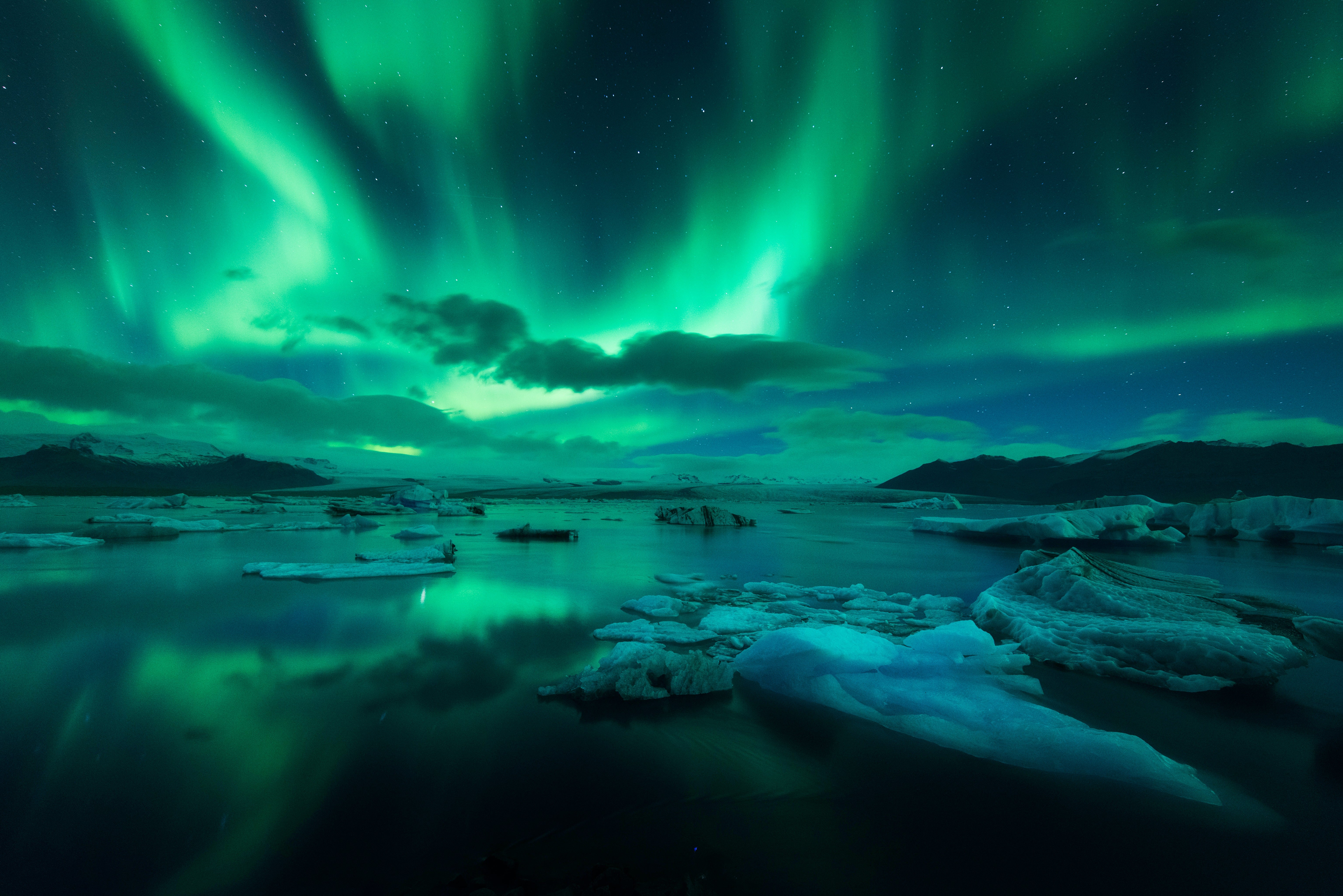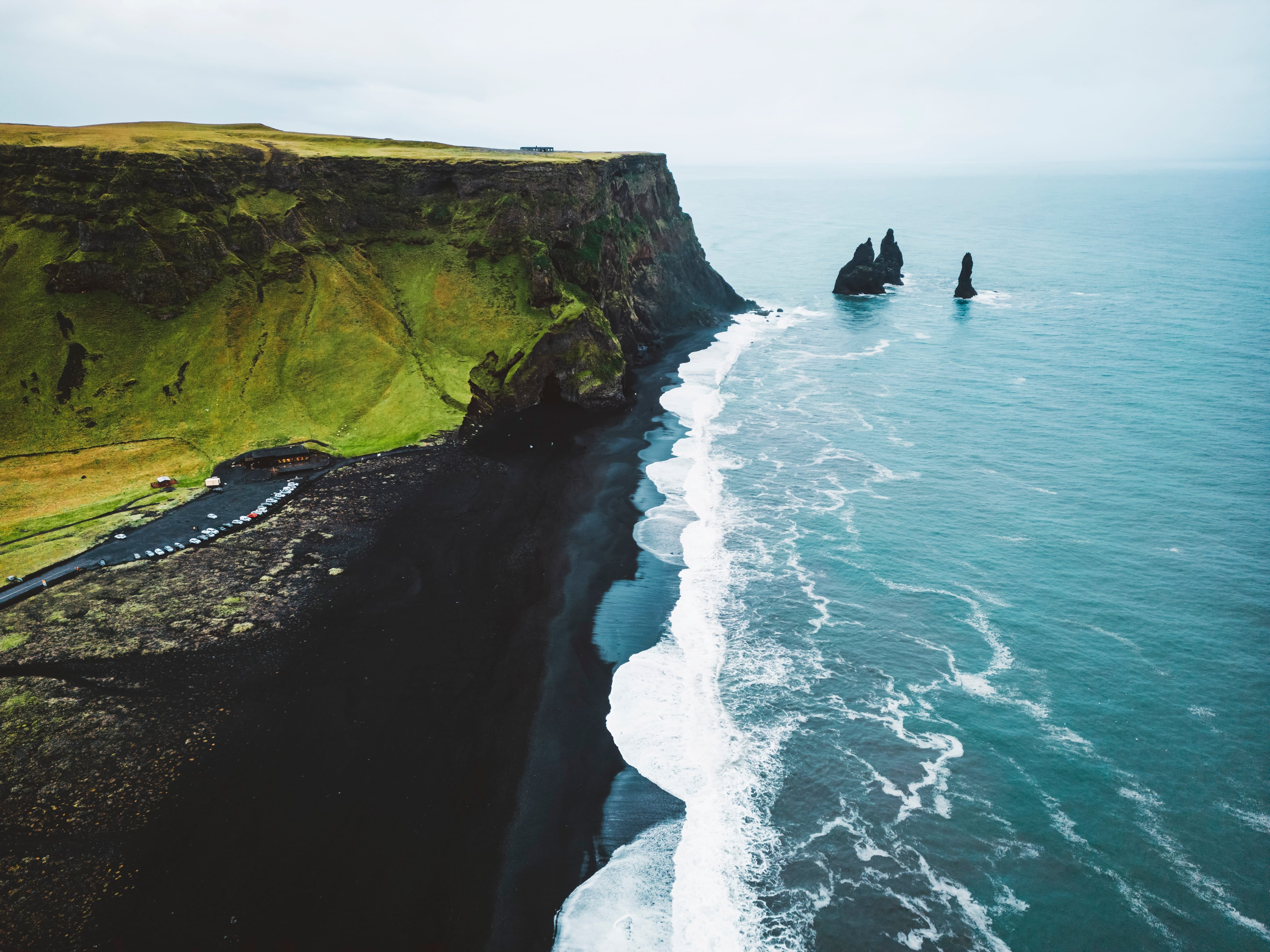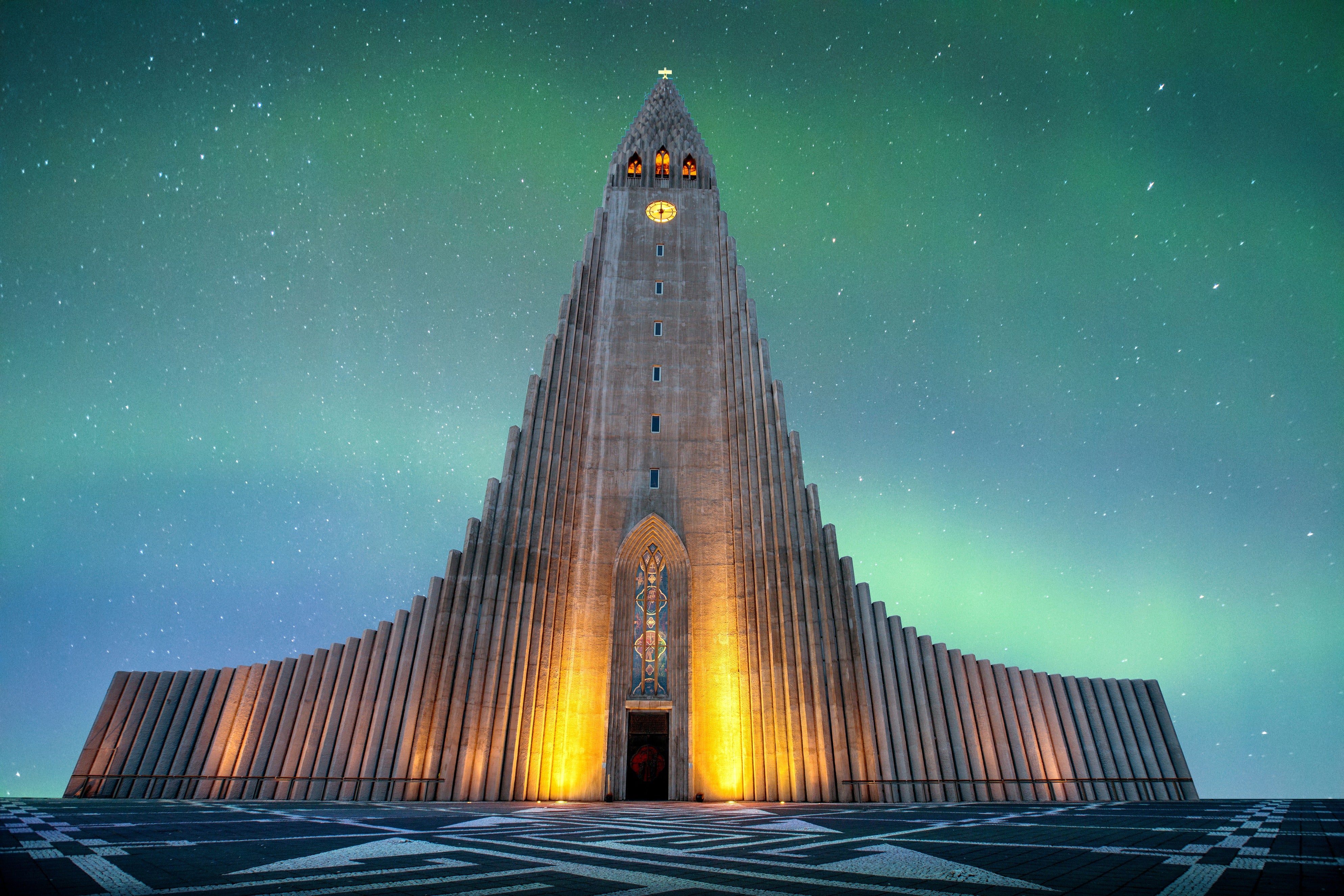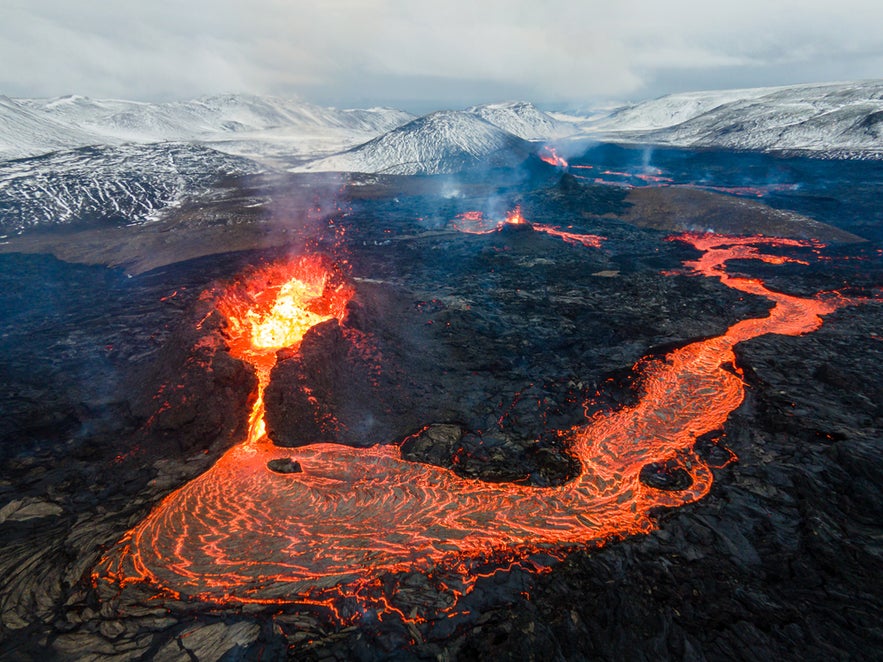
Designed as both a road trip and an educational journey, the Volcanic Way is divided into eight stages — each built around a significant volcano. From the fresh lava of Fagradalsfjall Volcano to the towering ice-capped Oraefajokull Volcano, every stop reveals a different aspect of Iceland’s powerful geological forces.
What sets The Volcanic Way apart is its accessibility. You don’t need to be a scientist or a seasoned hiker to appreciate it. Well-marked roads, visitor centers, and short trails make it easy for travelers to rent a car and explore the dramatic landscapes and learn their stories independently.
Why You Can Trust Our Content
Guide to Iceland is the most trusted travel platform in Iceland, helping millions of visitors each year. All our content is written and reviewed by local experts who are deeply familiar with Iceland. You can count on us for accurate, up-to-date, and trustworthy travel advice.
While The Volcanic Way is ideal for self-drivers, the many available volcano tours in Iceland offer a convenient option for those who prefer guided exploration.
Whether you’re drawn by the science, the scenery, or the adventure, The Volcanic Way offers one of the most immersive and unforgettable ways to experience Iceland’s ever-changing terrain.
Key takeaways
-
Route: From Reykjanes Peninsula to Vatnajokull Glacier, divided into 8 stages
-
Main attractions: Volcanoes, geothermal areas, lava fields, coastal cliffs
-
Ideal for: Road trippers, geology lovers, photographers, and adventurers
-
Best time to visit: May to September for clear roads and better weather
Physical Features of The Volcanic Way
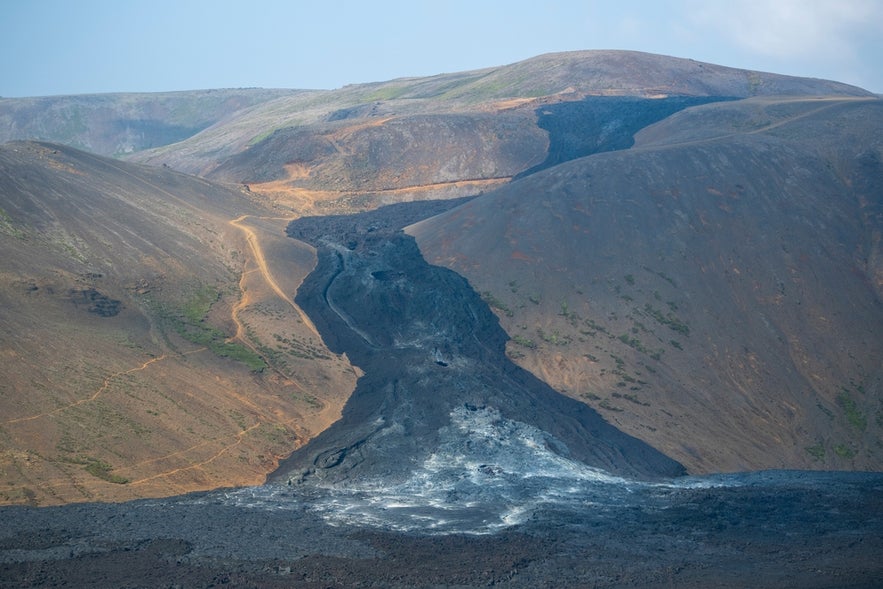 The Volcanic Way showcases:
The Volcanic Way showcases:
-
Lava landscapes from past eruptions, including 2021’s Fagradalsfjall flows
-
Towering craters and calderas
-
Active geothermal zones with bubbling mud pots and steaming vents
-
Black sand beaches like Reynisfjara
-
Glaciers and ice caps along Vatnajokull
-
Coastal cliffs, waterfalls, and highland views
Each stage presents a different face of Iceland’s volcanic story — both destructive and breathtakingly beautiful.
Where is The Volcanic Way Located?
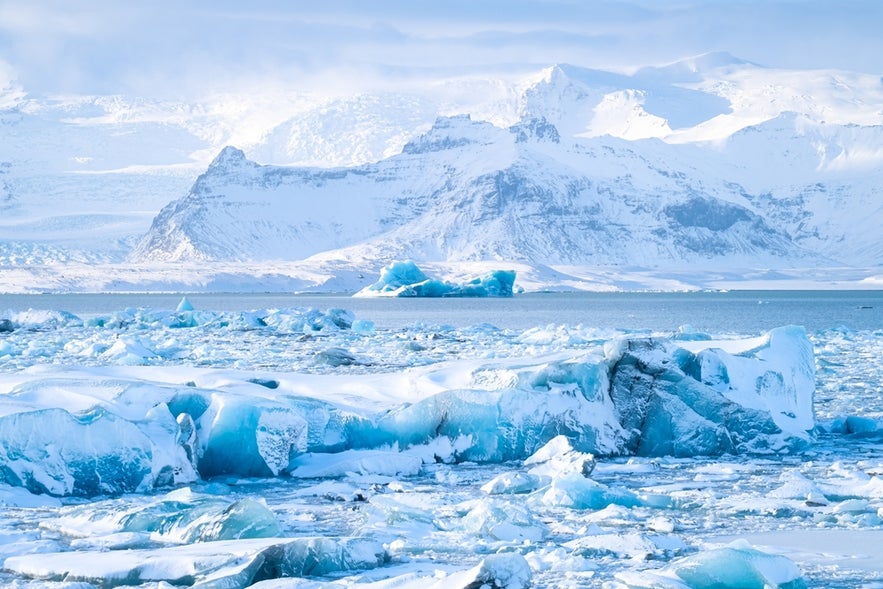 The Volcanic Way stretches along South Iceland, beginning on the Reykjanes Peninsula (just outside Keflavik International Airport) and ending in Vatnajokull National Park. The route roughly follows Route 1 (the Ring Road) and is divided into eight themed segments, each focusing on a unique volcanic or geological phenomenon.
The Volcanic Way stretches along South Iceland, beginning on the Reykjanes Peninsula (just outside Keflavik International Airport) and ending in Vatnajokull National Park. The route roughly follows Route 1 (the Ring Road) and is divided into eight themed segments, each focusing on a unique volcanic or geological phenomenon.
The 8 Stages of The Volcanic Way
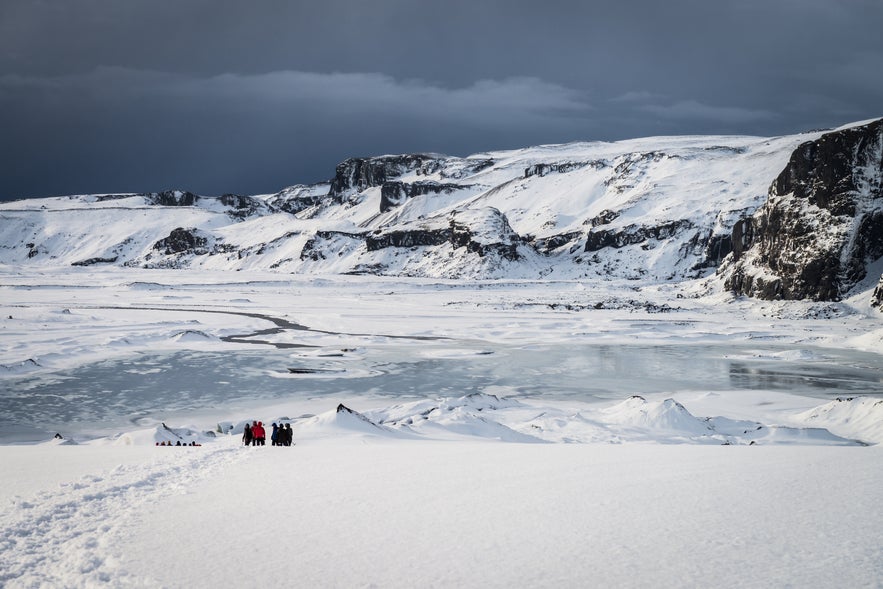 Each stage of The Volcanic Way is centered around a major volcano, offering a unique window into Iceland’s explosive geological history. From freshly formed lava fields to glacier-covered peaks, this route guides travelers through eight distinct regions that tell the story of fire, ice, and the land in between. Here's a quick look at each unforgettable stop along the way.
Each stage of The Volcanic Way is centered around a major volcano, offering a unique window into Iceland’s explosive geological history. From freshly formed lava fields to glacier-covered peaks, this route guides travelers through eight distinct regions that tell the story of fire, ice, and the land in between. Here's a quick look at each unforgettable stop along the way.
-
Fagradalsfjall Volcano: Kicking off on the Reykjanes Peninsula, this stage showcases recent lava flows, geothermal hotspots, and coastal scenery near Reykjanesbaer.
-
Hengill Volcano: Travel from Thorlakshofn and Hellisheidi toward the river Thjorsa, through the steaming geothermal terrain around Hveragerdi.
-
Hekla Volcano: From the banks of Thjorsa to Hella, this segment includes Thjorsardalur Valley and the legendary “Queen of Icelandic Volcanoes.”
-
Eyjafjallajokull Glacier: Journey between Hvolsvollur and Skogar, visiting the glacier-capped volcano that once grounded flights across Europe.
-
Eldfell Volcano: Take the ferry to the Westman Islands to explore Eldfell Volcano and its dramatic community-shaping eruption of 1973.
-
Katla Volcano: From Solheimajokull Glacier to Hjorleifshofdi, this leg includes Katla’s subglacial domain and the iconic Katla Ice Cave.
-
Laki (Lakagigar) Craters: Follow the lava fields from Mulakvisl River to Lomagnupur Mountain, where moss-covered terrain evokes historic eruptions.
-
Oraefajokull Volcano: The final stage from Skaftafell to Hofn reaches Iceland’s highest peak and Vatnajokull National Park’s ethereal glacier landscapes.
How Can I Get To The Volcanic Way?
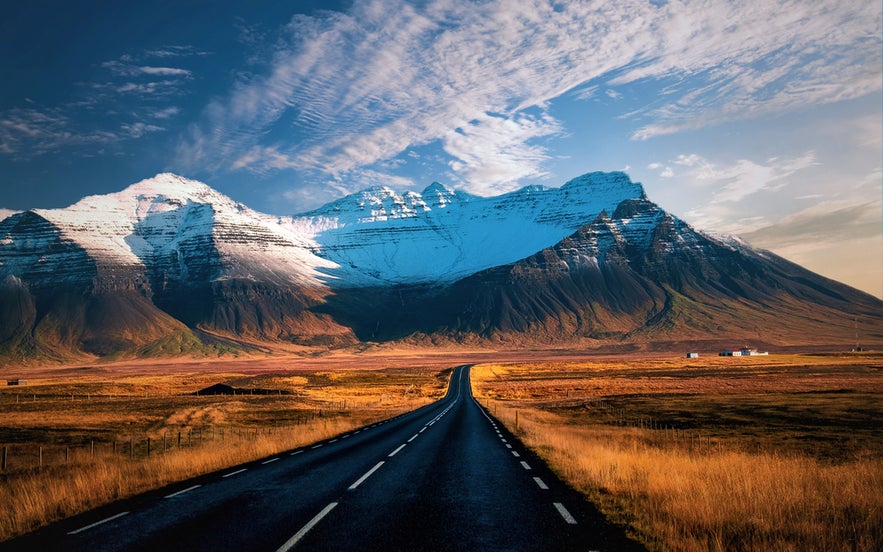 Reaching The Volcanic Way is simple, whether you're planning to join self-drive tours or prefer the ease of guided tours.
Reaching The Volcanic Way is simple, whether you're planning to join self-drive tours or prefer the ease of guided tours.
-
By car: The easiest and most flexible way is to drive. The Volcanic Way begins nearby and follows Route 1 (Ring Road) eastward.
-
Guided tours: Several Icelandic tour operators offer guided vacation packages or day trips along sections of the route, particularly near Fagradalsfjall or into Vatnajokull.
-
Travel time: You can drive it in segments over 4–6 days, though many visitors focus on 2–3 key regions if time is limited.
What Makes The Volcanic Way Special?
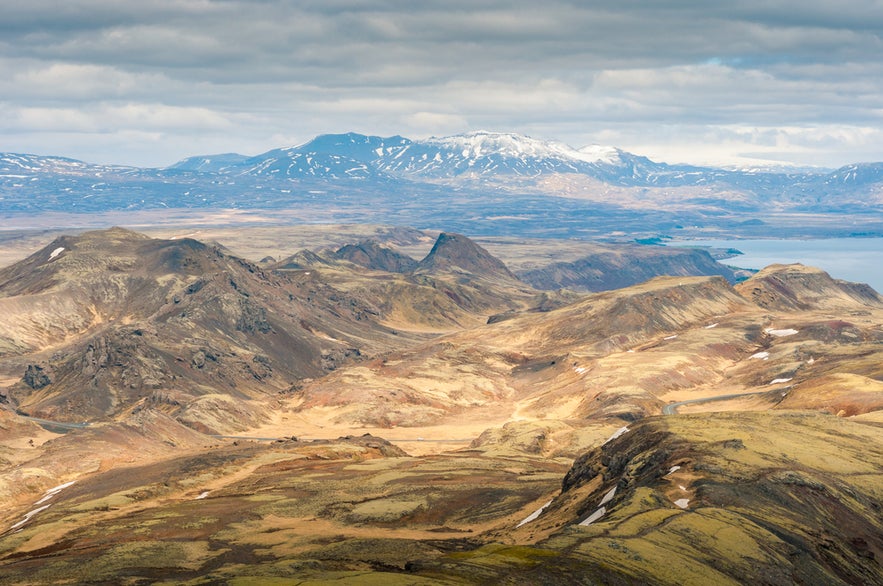 Few places on Earth offer such a concentrated, accessible view of active geology in motion. The Volcanic Way allows travelers to:
Few places on Earth offer such a concentrated, accessible view of active geology in motion. The Volcanic Way allows travelers to:
-
Witness real-time geological changes, including fresh lava flows
-
Visit sites that combine fire and ice — like glaciers near active volcanic zones
-
Discover how Icelanders have adapted to living on the edge of nature
-
Learn the cultural and historical context behind the land through local museums and guided tours
It’s a rare chance to walk on land that didn’t exist just a few years ago — a living classroom of the Earth’s power.
Is there Anything Near The Volcanic Way?
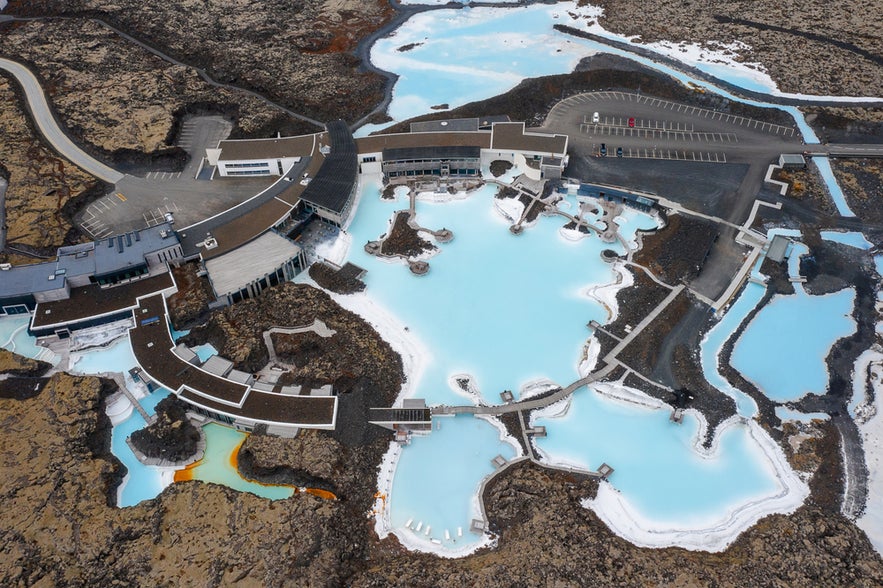 Absolutely. Some must-see attractions along or near the route include:
Absolutely. Some must-see attractions along or near the route include:
-
Blue Lagoon: A famous geothermal spa on the Reykjanes Peninsula
-
Skogafoss & Seljalandsfoss: Iconic waterfalls right off the Ring Road
-
Vik Village: Home to the famous Vik Church and stunning coastal views
-
Skaftafell Nature Reserve: Hiking paradise in Vatnajokull National Park
-
Jokulsarlon Glacier Lagoon: Floating icebergs and boat tours
Final Thoughts
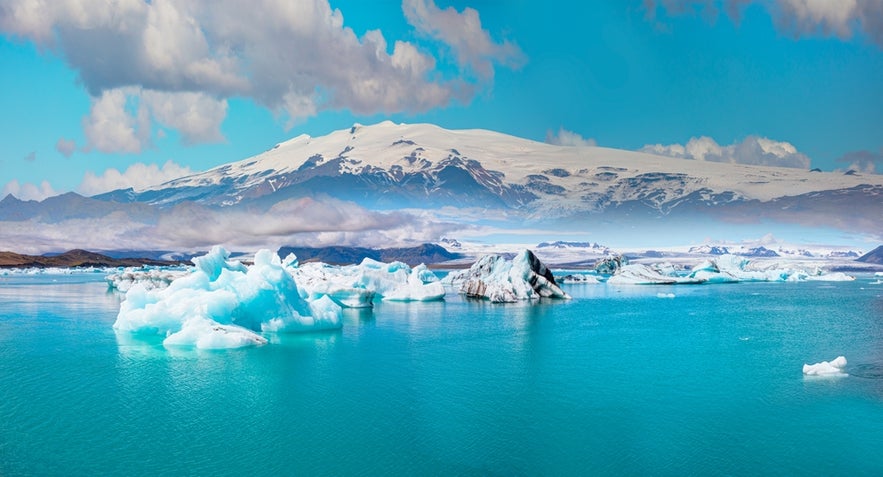 If you're looking for a road trip that combines dramatic scenery, active landscapes, and deep geological insight, The Volcanic Way is one of the most memorable routes in Iceland. It’s more than a scenic drive; it’s a journey through living, changing terrain shaped by fire and ice.
If you're looking for a road trip that combines dramatic scenery, active landscapes, and deep geological insight, The Volcanic Way is one of the most memorable routes in Iceland. It’s more than a scenic drive; it’s a journey through living, changing terrain shaped by fire and ice.
Whether you're exploring on your own or joining one of the many guided experiences, each stage of the route offers something unique, from steaming lava fields to glacier views.
So, pack your hiking boots, charge your camera, and get ready to experience Iceland’s volcanic power up close.
